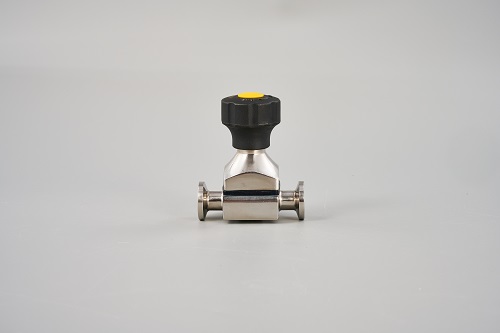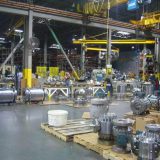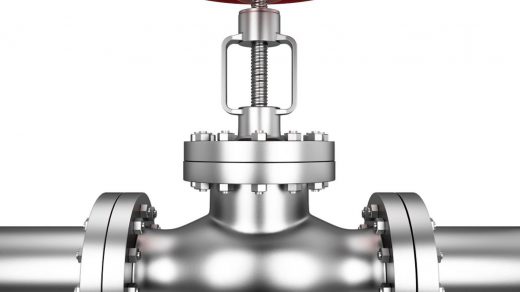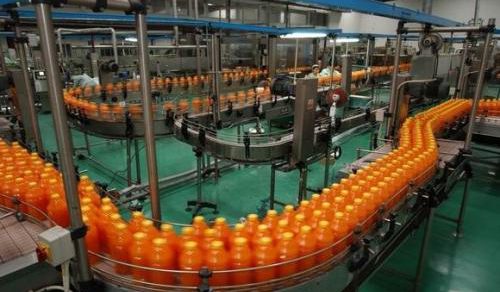What is Ball Valve?
Ball valve is a large branch of the valve, small diameter copper ball valve is particularly widely used, large diameter flange ball valve is also widely used.

The performance principle of ball valve
①Ball valve performance is excellent, has a small fluid resistance (full diameter flow channel valve body resistance coefficient is almost the same as the pipeline, will not cause pressure loss).
②Simple structure, symmetrical valve body, small size, bi-directional flow, bi-directional sealing.
③ reliable sealing (especially when the valve seat sealing surface is made of non-metallic materials)
④Easy operation, rapid opening and closing, 90 degrees of rotation to complete the opening and closing of the valve, easy to control from a distance.
⑤ Convenient maintenance, the valve seat seal is generally movable, easy to disassemble and replace, if the top-loading structure is used, it can be replaced online.
⑥Valve in the fully open or fully closed position, the sealing sub and media completely isolated, high-speed through the media will not erode the sealing sub.
⑦The ball is rotating and wiping process when opening and closing, so most of the structure of the ball valve can be used for media with suspended solid particles, choose the appropriate wear-resistant seat sealing material, can also be used for powder media.
⑧ straight through ball valve used as cut off with, widely used, three-way, four-way and other ball valves used to distribute media and change the direction of media flow, V type can be used for throttling.
⑨ full-through ball valve full open type easy to clean the ball through the cleaning pipeline, widely used in oil, gas pipelines.
⑩ wide range of applications, working pressure from vacuum to high pressure, nominal diameter DN8 ~ 3000, working temperature of -254 ~ 815 degrees Celsius.
What is Double-seat control valve?
Double-seat regulating valve, because of the upper and lower two seats, so the unbalance force is small, suitable for the pressure difference is relatively large, the leakage volume request is not high occasions, equal caliber double-seat control valve can also be a little smaller actuator standard request; but double-seat adjustment valve flow path is chaotic, the activity resistance, adjustable scale is small; valve stem up and down movement, spool stability is poor, large oscillation.
What is V-type ball valve?
V-type ball valve has great advantages than the straight stroke double-seated control valve, these advantages are determined by the structure of the V-type ball valve. v-type ball valve spool in the construction of the selection of the pain structure, in addition to the closed position, the core seat does not touch the rest of the position, reducing the wear and tear, once the spool is turned off the seat, reducing the operating torque.
The V-shaped opening on the spool of the ball valve can ensure that the valve in the small opening adjustment performance, dealing with the direct stroke valve in the small opening operating characteristics of the problem is not good.
V-type ball valve flow path is simple, single straight type, small resistance to activity, adjustable scale, flow open valve pressure recovery coefficient is higher than the double-seated valve, more suitable for the onset of cavitation conditions.
V-type ball valve spool, stem movement for rolling, and linear motion of the valve, compared with the valve, can overcome the pressure difference is large, is 2.5 ~ 10 times the direct stroke valve.
In dealing with high-temperature problems, V ball valves use rigid-flexible resilient hard seal to deal with high-temperature expansion caused by the core seat holding, card problems adjustment, V ball valves and double-seated control valve advantages and disadvantages together with the use of high-temperature wear-resistant packing to ensure the reliability of the stem seal at high temperatures.




Recent Comments